Home lifts: a rising trend?
Home lifts: a rising trend?
What you need to know about installing a lift into your home.
Home lifts can help you stay in the house you love when the stairs become too difficult to climb. Installing a lift might not be top of your must-have list now, but it could become essential in future.
A “lifetime home” - one which could be bought by a young couple and still be suitable for their needs when they are older and less mobile is increasingly important. Government estimates that by 2026, half the growth of new households will be made up of the over-65s.
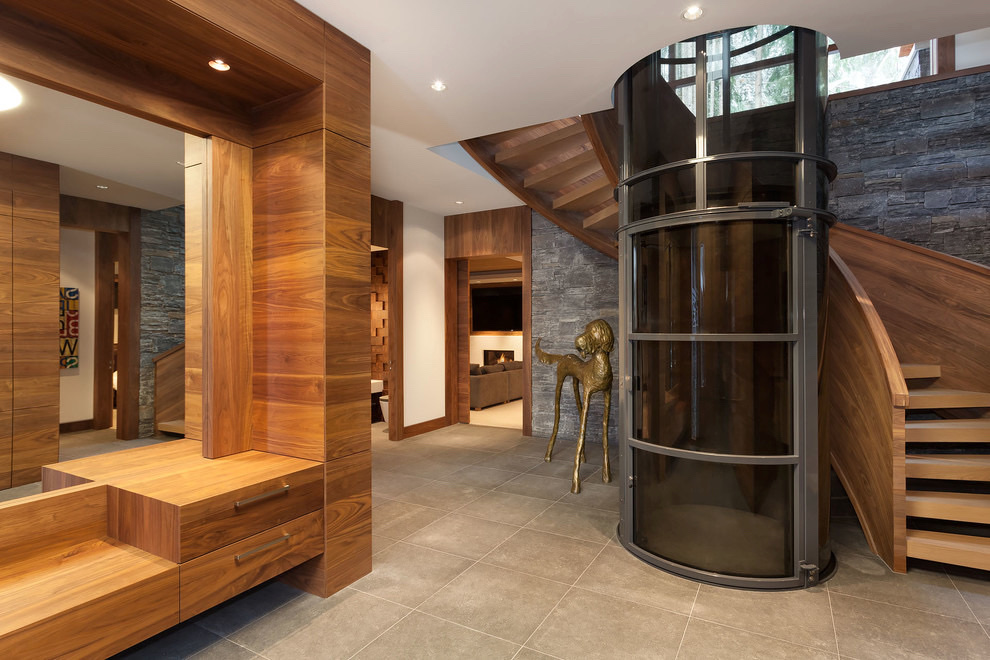
Photo supplied by Morgan Ellis
Design & location
Ideally, a lift will be in a central location, such as hall rising to the landing. This means it can be easily assessed from all parts of the property. That said, home lifts can still have huge practical value installed into a corner of the lounge and ascending into a main bedroom. You will need to think about how much space is available in the room where the lift is to be fitted, including floor to ceiling height. If you can’t afford to install a lift during your home extension project, then consider leaving a space where it can be retrofitted at a later date to futureproof your home.
Size matters
Lifts, like properties, come in all shapes and sizes from space-saving to roomy and extra wide. There are compact lifts on the market which require as little as 75cm x 100 cm. While it might seem like a good idea to install a lift with a small footprint, architect Scot Masker suggests going bigger is better. “Sizes vary but something you have to squeeze into isn’t great for granny with a walker and won’t be suitable for a wheelchair or two people standing. So, as an individual’s needs progress, it may no longer be suitable. If you are installing a lift for mobility reasons, choose one that is more robust and spacious, so it remains functional.”
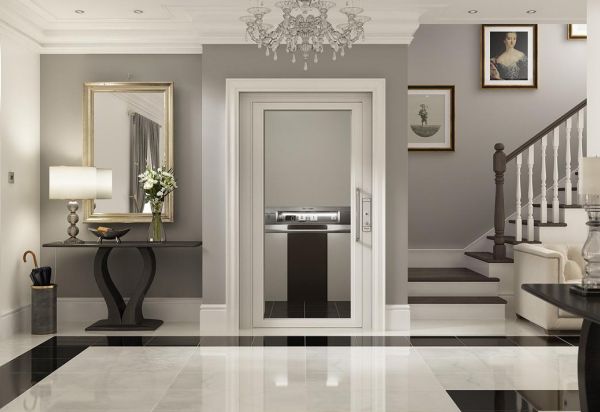
Photo supplied by Stannah
How do I choose the best lift?
The best type of lift really depends on your individual requirements, including budget. There are two main types of lift. The first is a platform lift, often found in public buildings. They typically only travel up to three metres with options for enclosed or unenclosed platforms. These can be great for wheelchair users, but the bulky platform takes up floor space. The second option is an enclosed cabin with walls and ceiling which moves through a hole in the floor. The major downside, other than the cost, is they require a structural lift shaft.
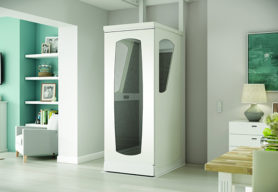
Photo supplied by Stannah
Different types of home lift
Choosing a lift can be tricky as there are lots of different options. Typically, through floor lifts can be divided into hydraulic, traction and vacuum.
Traditional hydraulic lifts can be installed in a low pit and have a big cabin suitable for wheelchairs. They can easily lift heavy loads and have great durability. On the downside, there needs to be plenty of space as this type of lift requires a pit and dedicated machine room.
A traction lift doesn’t require a machine room, are generally more energy efficient and the ride is often smoother than hydraulic. The main drawback is the cost.
Meanwhile the eco-friendly vacuum lift is the newest and most innovative. It consists of a tube that works on air pressure. These lifts don’t need a machine room, pit or walls and can be installed within the tightest of spaces. Vacuum lifts are among the most sought-after as aesthetically pleasing and space-saving but the cab tends to be smaller and so they have restricted use. There are, however, wheelchair accessible, three passenger models available.
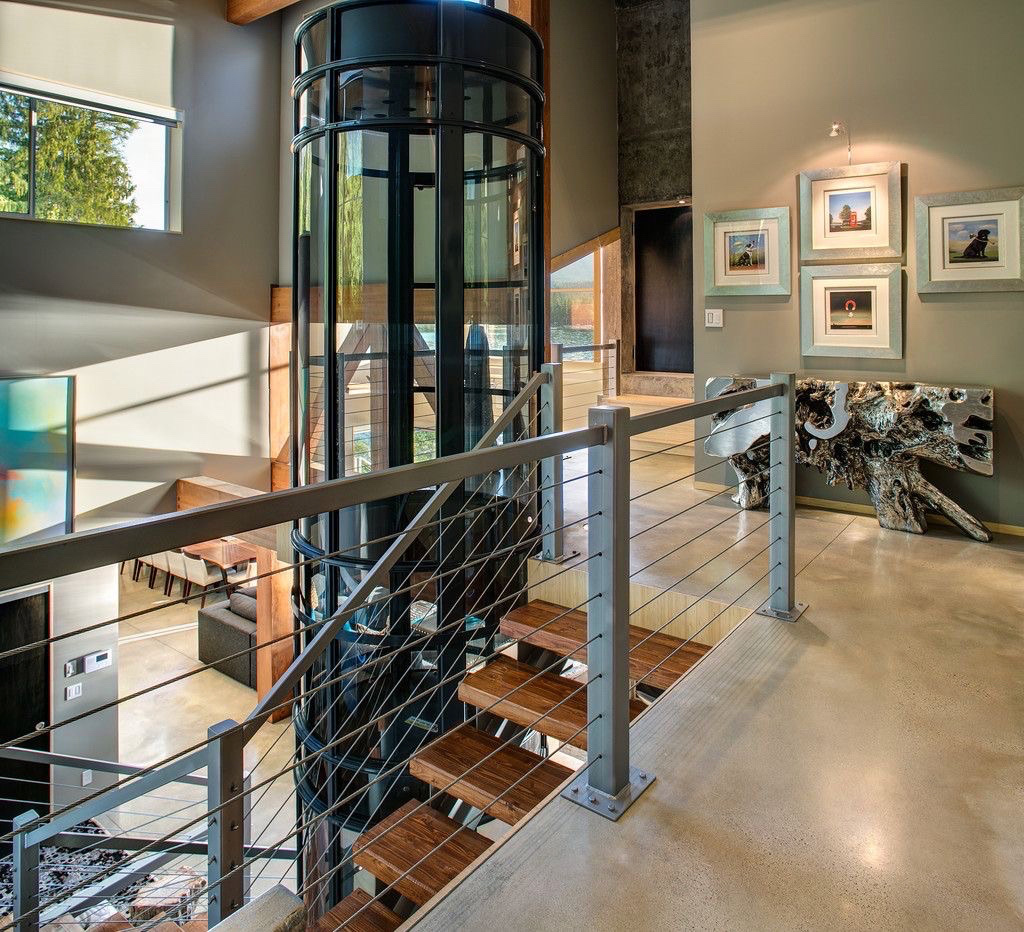
Photo supplied by Morgan Ellis
Do I need an architect or builder?
It is advisable to consult with a design professional at the earliest stage. While lift companies can make sure all the technical requirements are covered, an architect will see the bigger picture, including where best to install a lift.
For some types of lift you may need to alter your room layout or even build an extension to accommodate it. If building work is required to prepare your home for a lift, you will need to factor this into your overall budget as it could double the cost.
Unless the lift ascends into an open atrium, it will go through a floor which will subsequently need to have supporting structure around the hole created. Lifts need to be fixed to something, so usually can only be fitted in rooms with a load-bearing wall. The floor may need strengthening too. Input from a structural engineer will be required to satisfy the building control department of your local planning authority.
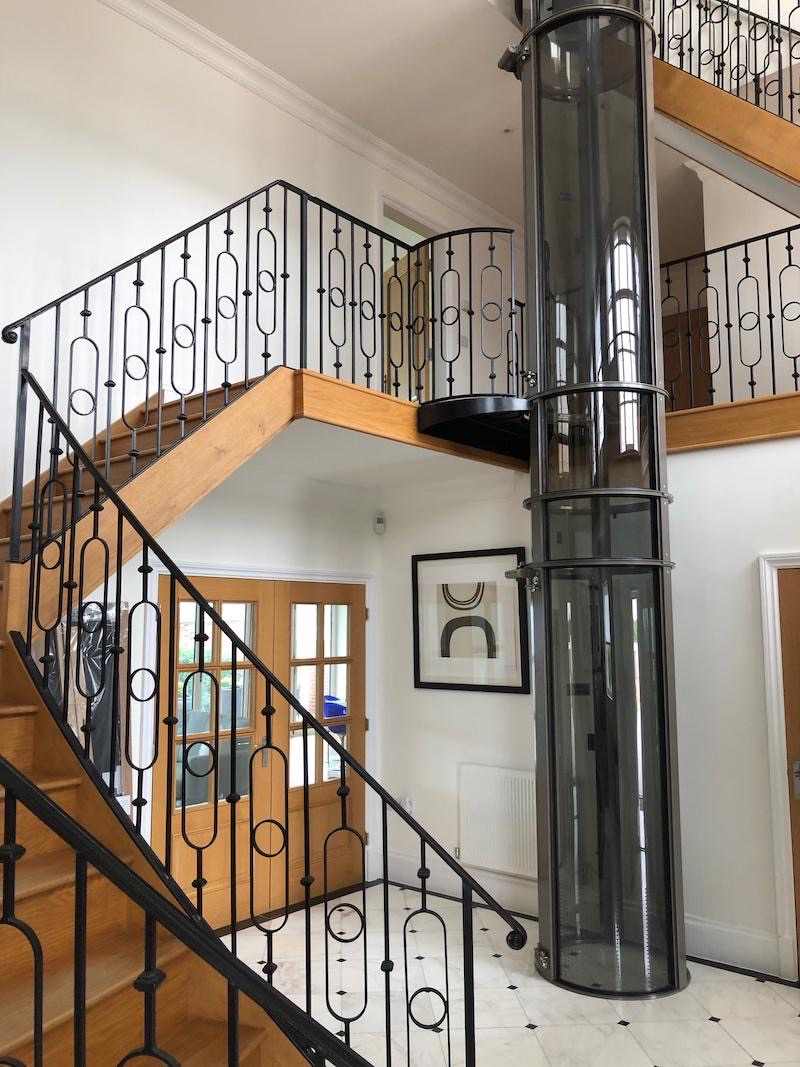
Photo supplied by Morgan Ellis
Isn’t it going to cost a fortune?
Prices vary depending on the type of lift chosen, but the starting price for a through floor lift is around £18,000. The best way to get an accurate estimate is to arrange an at home site survey. Always ask for a fully itemised quotation for your lift, including the cost of site preparation and installation. Lifts are pricey but can be a worthwhile investment. Nobody wants to lose access to parts of their home, or worse, be forced to move out. A lift can help someone stay put for many years to come. If you are disabled, it may be possible to get a means-tested ‘Disabled Facilities Grant’ from your local council to cover all or some of the cost.
Do you require planning permission?
Not usually. Typically, the maximum requirement is a Building Notice application to your local planning authority. For more extensive preparatory building work, full plans may be requested. “If you need to build a small extension to accommodate the lift mechanism, this might be allowed under permitted development if it meets all the criteria, without the need to submit a full planning application. It will depend on the size and location of the extension,” said Masker.
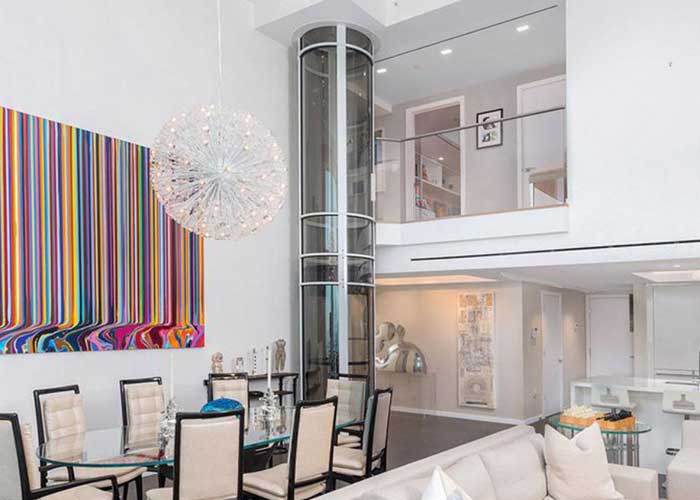
Photo supplied by Morgan Ellis
What about the aesthetics?
More and more homeowners are considering the aesthetics of their lift as well as practicality. There is a range of styles to choose from which means you can find lifts to complement your interior decor from classic to more contemporary designs. High-end options include circular glass and stainless-steel lifts with LED lighting.
Home lifts have become a rising trend. They can allow people to retain their independence by providing them with the ability to move between floors with ease. Many people opt for a lift as a mobility aid, but this feature has also become increasingly popular in upmarket homes as a practical luxury.
